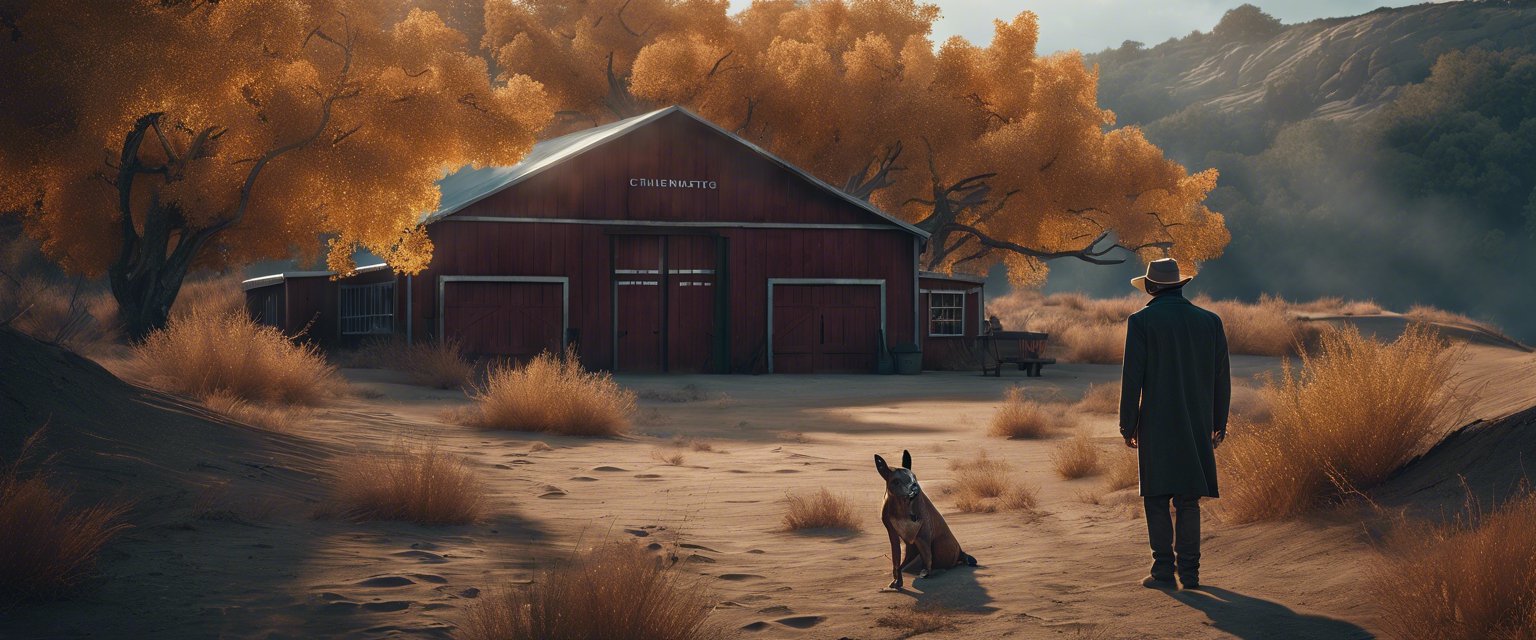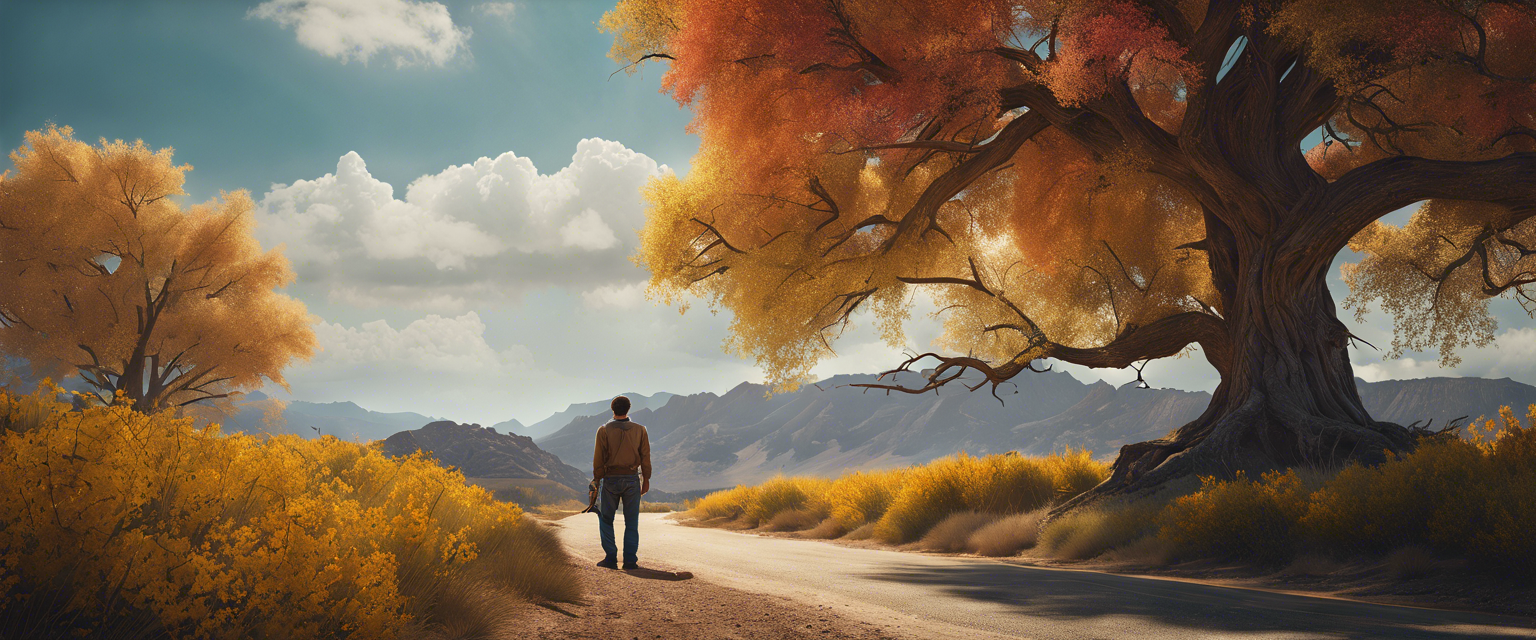What is Prompt Engineering?
Prompt engineering is a vital concept in artificial intelligence, particularly in the field of natural language processing (NLP). It involves crafting the input description of a task in such a way that the AI can generate the desired output effectively. The results of prompts can vary significantly based on the tool and model utilized. For instance, using different Stable Diffusion models can yield different outcomes, demonstrating the importance of prompt structure.
Understanding Raw Prompts
A raw prompt is essentially a basic description of the desired output. Many beginners start with raw prompts, which can often lead to random and chaotic results. While the generated images might be acceptable, they tend to lack specificity and intent. For example, generating a "Tiger, a skyscraper, and a watch" using stable diffusion might produce basic images that seem commonplace and uninspired.
Enhancing Prompts with Style
The style is a crucial aspect of prompt engineering. If an AI lacks a detailed style in its guidelines, it tends to adopt the most frequently encountered style in similar images from its training data. Therefore, a well-defined style can greatly influence the final output. Here are some popular styles to consider when creating prompts:
- Realistic
- Oil painting
- Pencil drawing
- Concept art
- Digital art
- Cartoon
- Anime
- Manga
- Sketch
- Watercolor
- Abstract
- Surrealism
- Pop art
- Futurism
For instance, using "a tiger as a pencil drawing" can yield an impressive outcome that better meets expectations than a raw prompt alone.
Techniques for Realistic Images
To achieve a realistic image, consider employing these techniques when formulating your prompts:
- "photo of + raw prompt"
- "photograph of + raw prompt"
- "raw prompt, hyperrealistic"
- "raw prompt, realistic"
If you aim for an oil painting, simply adding "an oil painting of" before the raw prompt might suffice. If the result depicts a painting in a frame, you can adjust the prompt for better compliance.
Incorporating Artistic Influence
To refine the style further, integrating artists' names into your prompts can yield spectacular results. For example, including "made by Pablo Picasso" can help you create abstract artworks reminiscent of his style. Here are some artists categorized by style:
Portrait Art
- John Singer Sargent
- Edgar Degas
- Paul Cezanne
- Jan van Eyck
Oil Painting
- Leonardo DaVinci
- Vincent Van Gogh
- Johannes Vermeer
- Rembrandt
Pencil/Pen Drawing
- Albrecht Durer
- Leonardo da Vinci
- Michelangelo
- Jean-Auguste-Dominique Ingres
Landscape Art
- Thomas Moran
- Claude Monet
- Alfred Bierstadt
- Frederic Edwin Church
For instance, a prompt like "Tiger oil painting made by Pablo Picasso" can create visually compelling artworks.
Finishing Touches on Prompts
Enhancing your prompts further can help achieve the desired outcome. Consider adding phrases like:
- "trending on ArtStation" for an artistic touch
- "Unreal Engine" for realistic lighting
- "Highly detailed"
- "Surrealism"
- "Dramatic lighting"
- "Epic composition"
- "8k, 4k resolution" for image clarity
Adjusting these elements according to specific tastes can greatly enhance the representation of your ideas.
Additional Resources
For experimenting with prompts and generating art, platforms like DreamStudio and Lexica provide excellent tools for creating samples and exploring various artistic styles.
Final Words
Prompt engineering plays a crucial role in maximizing the potential of AI image generation. By systematically refining prompts through raw descriptions, styles, artist influences, and additional finishing touches, you can create unique and engaging artworks that capture your vision.



Laat een reactie achter
Alle reacties worden gemodereerd voordat ze worden gepubliceerd.
Deze site wordt beschermd door hCaptcha en het privacybeleid en de servicevoorwaarden van hCaptcha zijn van toepassing.